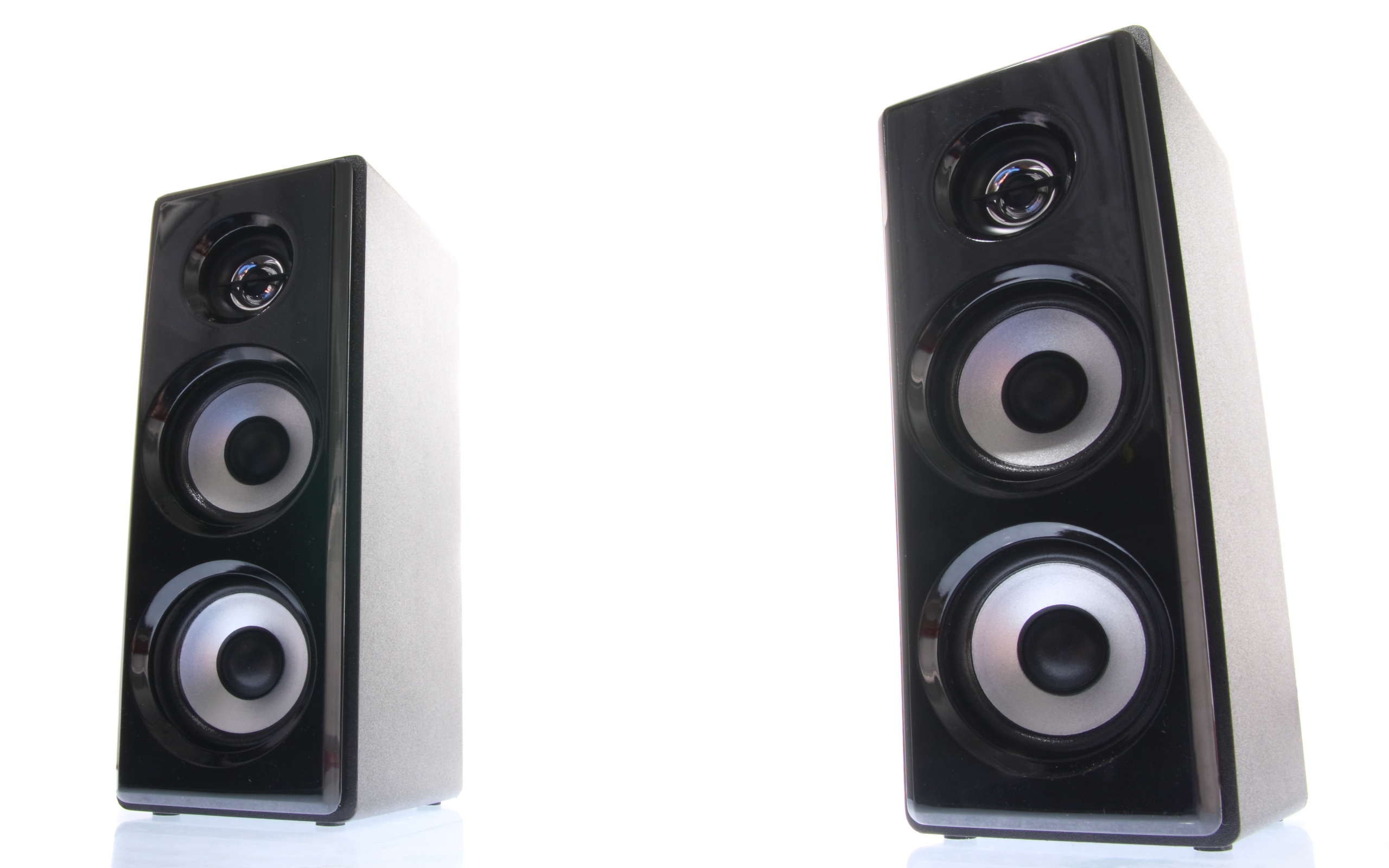Contracts for Difference (CFD) is a popular trading instrument. It is a form of derivative trading that allows you to speculate on price movements in the financial markets. There are many advantages to trading Cfds, including leverage, flexibility, and the ability to trade in a wide range of markets. However, if you are new to CFD trading, it can seem complicated and confusing. In this blog post, we will take a look at the basics of CFD trading and how it works.
What is CFD Trading?
CFD trading is a form of derivative trading where you speculate on the price movements of an underlying asset, such as a stock, commodity, currency, or index. When you trade a CFD, you do not own the underlying asset but rather agree to exchange the difference in price from when you opened the trade to when you close the trade. This means you can take both long and short positions on an asset, allowing you to profit from both rising and falling markets.
How CFD Trading Works?
To initiate a CFD trade, you will need to choose an asset you want to trade and decide whether you think the price will rise or fall. You then open a position with your CFD provider, specifying your trade size and the amount of leverage you want to use. If the underlying asset moves in your favor, you will make a profit, but if it moves against you, you will make a loss. You can close the trade at any time and realize your profits or losses.
Advantages of CFD Trading
One of the main advantages of CFD trading is the ability to use leverage, which allows you to control a larger position with a smaller amount of capital. For example, if you use 10:1 leverage, you can control a position of $10,000 with just $1,000 in capital. Another advantage is the flexibility to trade in a wide range of markets, including stocks, currencies, commodities, and indices. CFD trading also gives you the ability to take both long and short positions on assets, allowing you to profit from rising and falling markets.
Risks of CFD Trading
Although CFD trading offers many advantages, it also comes with risks. Leverage can amplify your profits, but it can also magnify your losses, and you could end up losing more than your initial investment. Trading in volatile markets can also be risky, as sudden price movements could wipe out your trading account. It is important to have a good risk management strategy in place, including stop-loss orders and limits to minimize your losses.
Tips for Success in CFD Trading
To be successful in CFD trading, it is important to have a solid trading plan and stick to it. This includes setting your risk management parameters, including stop-loss orders and limits. You should also have a deep understanding of the markets you are trading in and stay up-to-date on market news and events that could affect your trades. Finally, it is important to choose a reputable CFD provider with a good track record and low fees.
Conclusion:
In conclusion, what is cfds trading offers many advantages but also comes with risks. It is important to understand the basics of CFD trading before you start trading with real money. By using leverage, taking both long and short positions, and trading in a wide range of markets, CFD trading can be a lucrative investment strategy. But to be successful, you need to have a solid trading plan in place and always manage your risks effectively.



